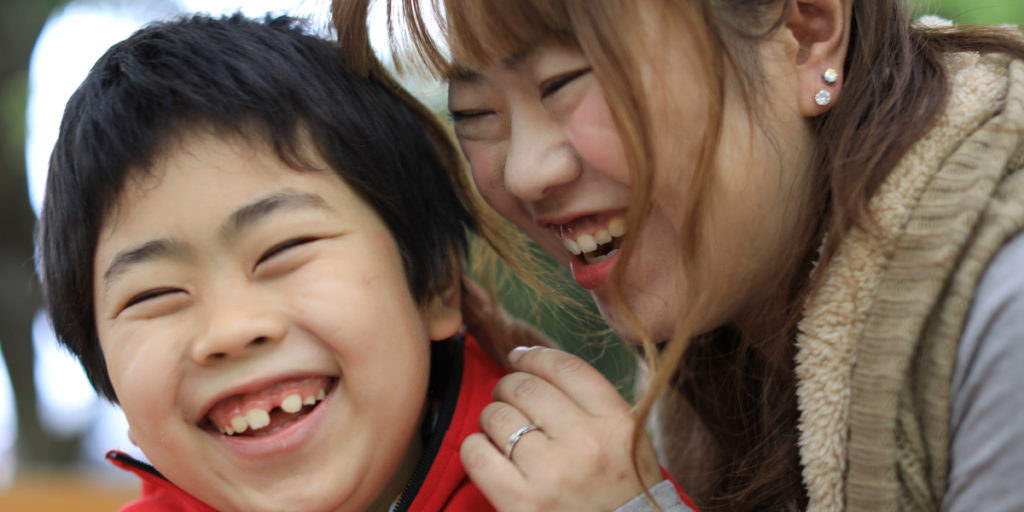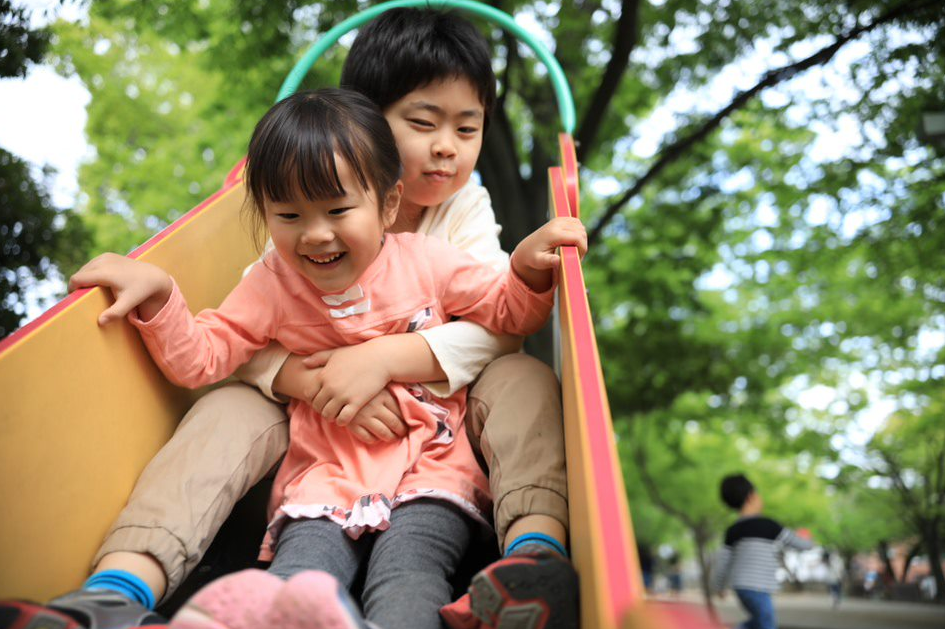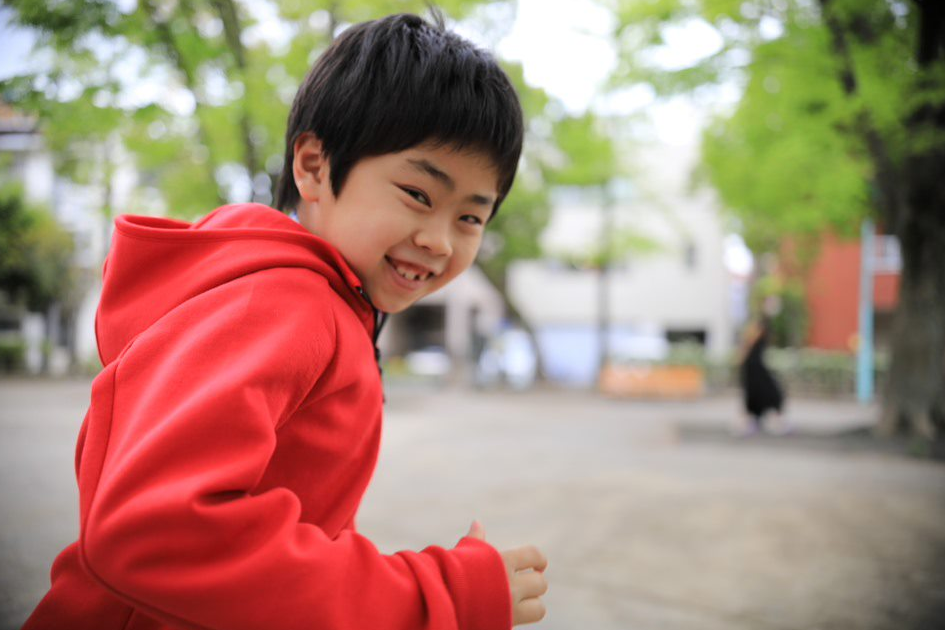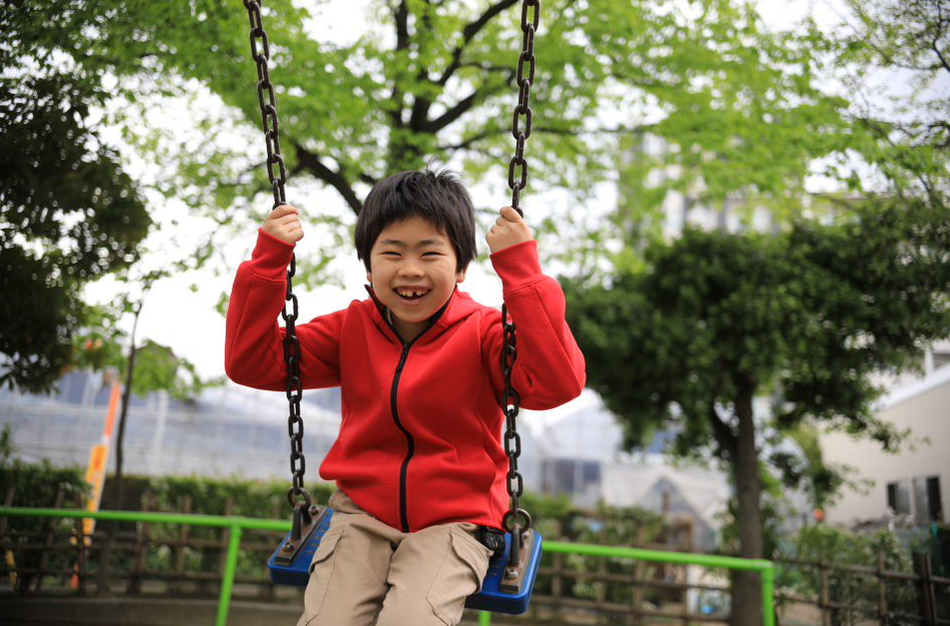
Yoshie & Sora, 37 & 9
Tokyo, Japan
Sora climbs the steps of the slide with calculated confidence. He moves in an explosive burst, then pauses to catch his energy before taking the final steps to the top. Now standing on the platform, he smiles proudly out over the entire park—a king in his own backyard. Taking a deep breath, he glides down the aluminum-coated slide, rallying his might at the bottom to push himself up from his seated position. Even with the extra effort these actions require, his joy is palpable, and with each trip down the slide, his eagerness grows. When he finally tires, Sora returns to his mother’s side, who is seated on a bench at the far end of the park. Yoshie presents him with a large candy, in exchange for a kiss, and the two let out an identical laugh.
For the Saito family, Fabry disease is generational—knowingly affecting the past three generations. From her vantage point, Yoshie has seen the full spectrum of the condition. Her mother had Fabry when she was alive, she has Fabry, and now her son, Sora, is affected. With the difficulties of managing the painful symptoms of the x-linked recessive disorder, Yoshie and her family have risen to the challenges presented by Fabry and strived to maintain a much desired sense of normalcy.
Yoshie grew up without knowledge of her or her mother’s condition. Yoshie’s mother didn’t want her to feel different than her peers, but eventually, the level of physical discomfort became too remarkable to ignore. For years, Yoshie battled intense, neuropathic pain without an understanding of what was causing it. Things got markedly worse when she entered puberty. “When I was in fifth and sixth grade, I was in so much pain,” recalls Yoshie. “I came home from school every day crying. My mom said it was nothing. She didn’t tell me about the disease.”
In middle school, Yoshie struggled with physical activity. “We had to run laps,” she says. “It was so painful. No matter what I complained of, whether it was very hot or I complained of pain, she just told me that everyone is in pain. It was a growing pain. I had a feeling that there was something else.” To appease her questions and worries, Yoshie’s mother finally told her about Fabry when she was 16. “I learned to come to terms with my condition,” says Yoshie. “It took me a long time though.”





